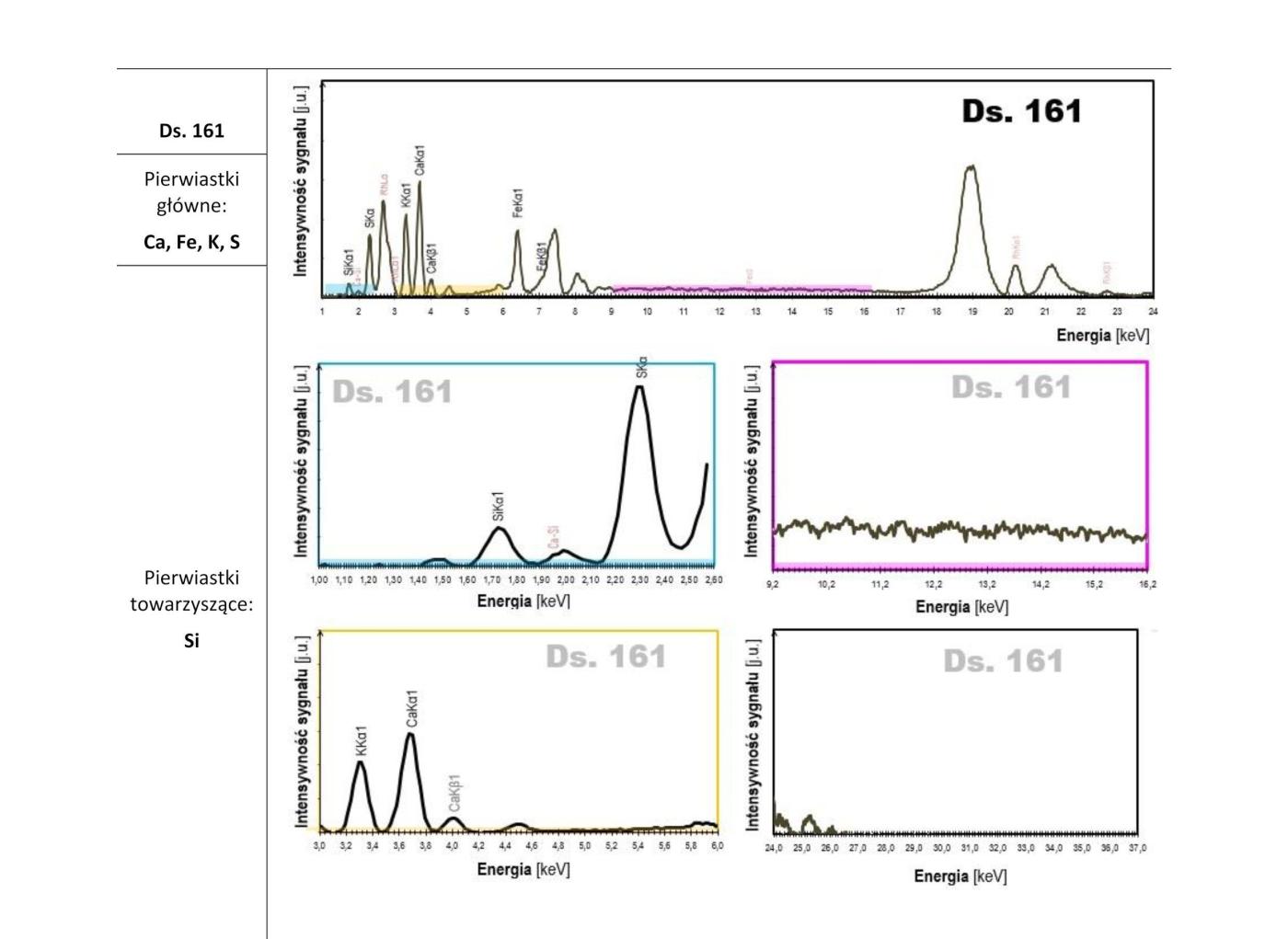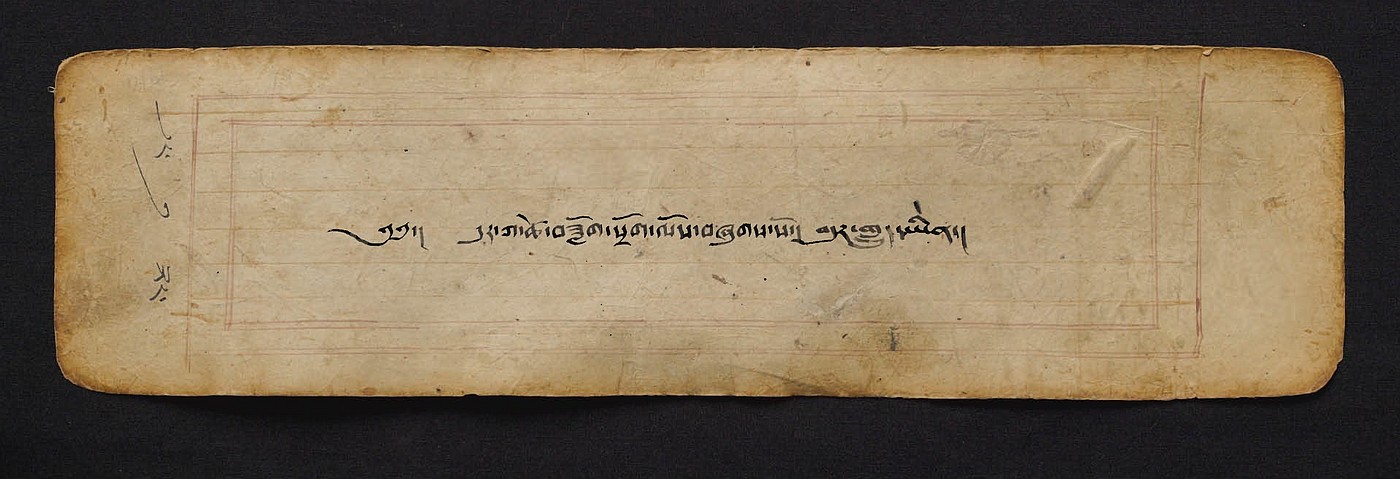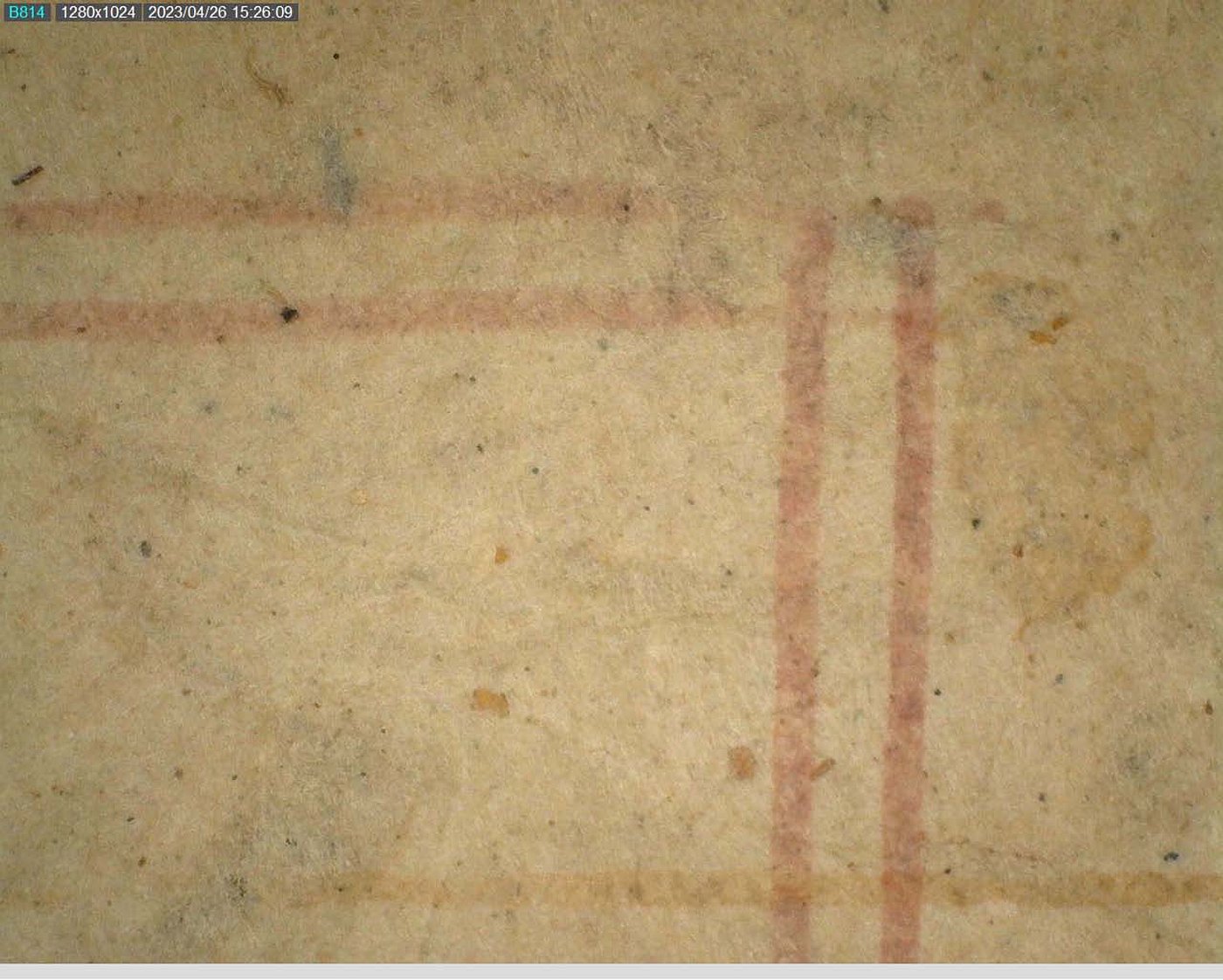| 1. Text number |
Drangsong 161 |
| 2. Text title (where present) in Tibetan |
༄༅།།དུར་ཀ་ཚེ་བཟློག་སྲོག་ལོས་བཞུགས་སོ།། བདུར་གླུད་ཡིན།
|
| 3. Text title (where present) in Wylie transliteration |
Dur ka tshe bzlog srog los bzhugs so// bdur glud yin/ |
| 4. A brief summary of the item’s contents |
A ritual concerned primarily with suppressing the ghosts of the dead, to strike down the demons of the living, as well as all other malign powers that cause harm. |
| 5. Number of folios |
5 |
| 6. Scribe’s name |
None |
| 7. Translation of title |
The title does not lend itself to a coherent translation. |
| 8. Transcription of colophon |
dur dkar tshe zlog srog los rdzogs+ho/ bkra shis par shog/ |
| 9. Translation of colophon |
The ritual of reversing all the calamities of the evil spirits of death and the demons that infest the living is over. Blessings. |
| 10. General remarks |
There are two main sections in the ritual narrative. The first evokes an early phase with Kong tse as the main character, setting out the basic theory of the origin of calamities based on the five elements and the twelve zodiac signs. The second section recounts the story of the rGyal bu ‘thing ge as the common ancestor, and gives the names of the four major clans as his descendants. This is a common theme in Tibetan folk mythology, introducing the enumeration of many indigenous Tibetan phenomena concerning calamities. |
| 11. Remarks on script |
dpe tshugs, ’khyug ma tshugs |
| 12. Format |
Loose leaves |
| 13. Size |
9.3 × 34.5 cm |
| 14. Layout |
|
| 15. Illustrations and decorations |
|
| 16. Paper type |
Woven, 1 layer |
| 17. Paper thickness |
0.21–0.26 mm |
| 18. Nos of folio sampled |
f. 1 |
| 19. Fibre analysis |
|
| 20. AMS 14C dating |
|
| 21. XRF analysis |
|
| 22. RTI |
|
| 23. GCMS |
|



